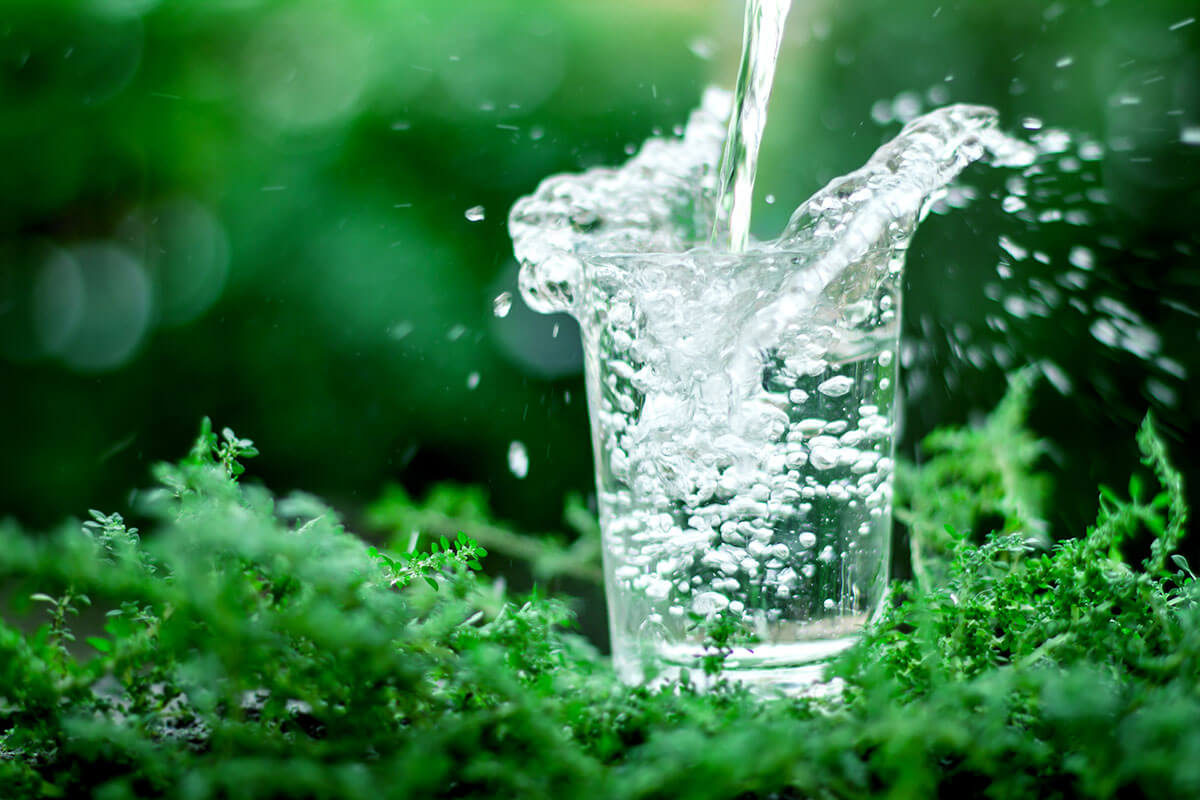Chlorine in drinking water is a critical component in ensuring the health and safety of millions of people around the world. Since its discovery as an effective disinfectant in the 19th century, chlorine has been widely used in water treatment to eliminate bacteria, viruses and other pathogenic microorganisms that can cause disease. Its presence is crucial to prevent epidemics and protect public health. In this article, we will explore in detail the role of chlorine in drinking water, the reasons why its use is necessary and the recommended doses to ensure its effectiveness without compromising human health.
The vital importance of chlorine in drinking water
Access to safe drinking water is a fundamental human right, and chlorine plays an indispensable role in ensuring this right . When it comes to public health, contamination of the water supply with pathogenic microorganisms poses a serious threat. Bacteria such as Escherichia coli, Vibrio cholerae and Salmonella typhi, as well as viruses such as hepatitis A and norovirus, can spread through contaminated water and cause serious illness and even death.
The introduction of chlorine into drinking water is an effective measure to prevent the spread of waterborne diseases. Chlorine acts as a disinfectant agent, destroying pathogenic microorganisms and preventing their proliferation in the water supply. This disinfectant action is essential to protect the health of the population and prevent outbreaks of infectious diseases.
The process of disinfection with chlorine
Chlorine water treatment involves a carefully controlled process to ensure its effectiveness and safety. Chlorine is added to water in the form of chlorine gas, sodium hypochlorite, or liquid chlorine, and its concentration is measured in parts per million (ppm). The amount of chlorine needed to disinfect water depends on several factors, including the initial water quality, the presence of contaminants and microorganisms, and the water distribution conditions.
Once chlorine is introduced into the water, a disinfection process takes place that eliminates the pathogenic microorganisms present . Chlorine attacks the cell membranes of bacteria and viruses, disrupting their vital functions and causing their death or inactivation. This disinfection process ensures that the treated water is safe for human consumption and meets the quality standards established by health authorities.

Quality control and constant monitoring
To ensure the effectiveness of chlorine treatment and the safety of drinking water, it is crucial to maintain strict quality control and perform constant monitoring of the process. Water treatment plants are equipped with advanced dosing and monitoring systems that allow the amount of chlorine to be adjusted as needed and ensure that the required disinfection standards are met.
In addition, regular water quality tests are carried out in specialized laboratories to assess the concentration of residual chlorine and detect possible contaminants or pathogenic microorganisms. This continuous monitoring is essential to identify and correct any problems that may affect the quality of drinking water and ensure the protection of public health.
You may be interested in drinking water tanks for homes .
Benefits and challenges of using chlorine in drinking water
The use of chlorine in drinking water offers a number of significant benefits to public health and the well-being of society at large. Some of these benefits include:
- Prevention of waterborne diseases
- Protection of children’s health, since chlorinated water is safe for human consumption.
- Control of epidemics and outbreaks, since treating water with chlorine helps prevent the spread of infectious diseases on a large scale.
Recommended doses of chlorine in drinking water
The dosage of chlorine required to disinfect drinking water varies depending on a number of factors, including source water quality, temperature, pH, and contact time required. However, there are general guidelines and recommendations set by international health organizations and government regulators.
According to the World Health Organization (WHO), it is recommended to maintain a residual chlorine concentration in treated water of at least 0.2 mg/L (ppm) at all times to ensure effective disinfection. This minimum residual chlorine concentration is necessary to inactivate pathogenic microorganisms present in the water and prevent microbiological contamination during storage and distribution.

